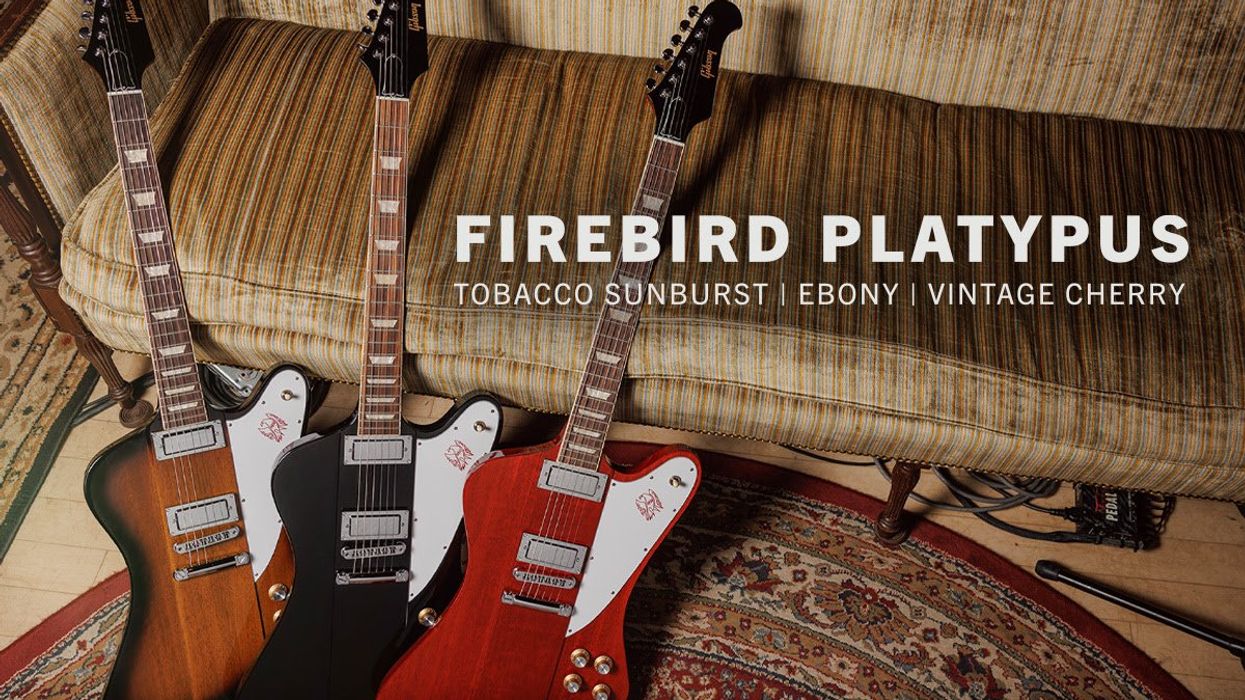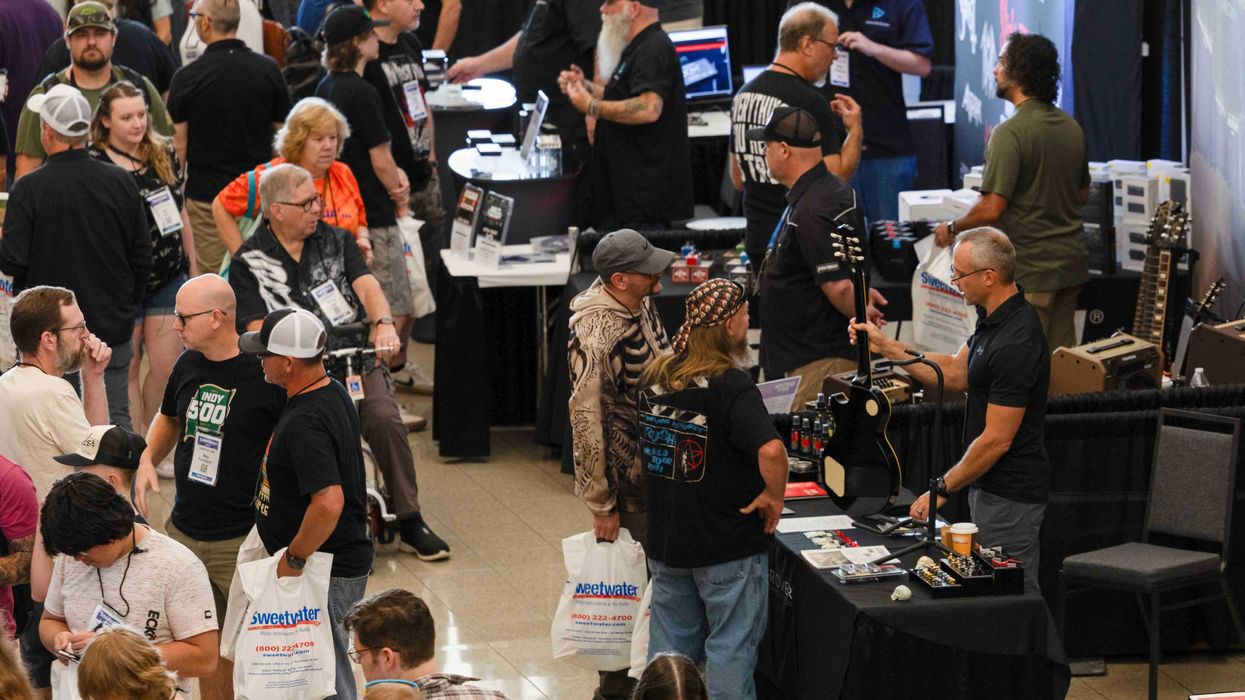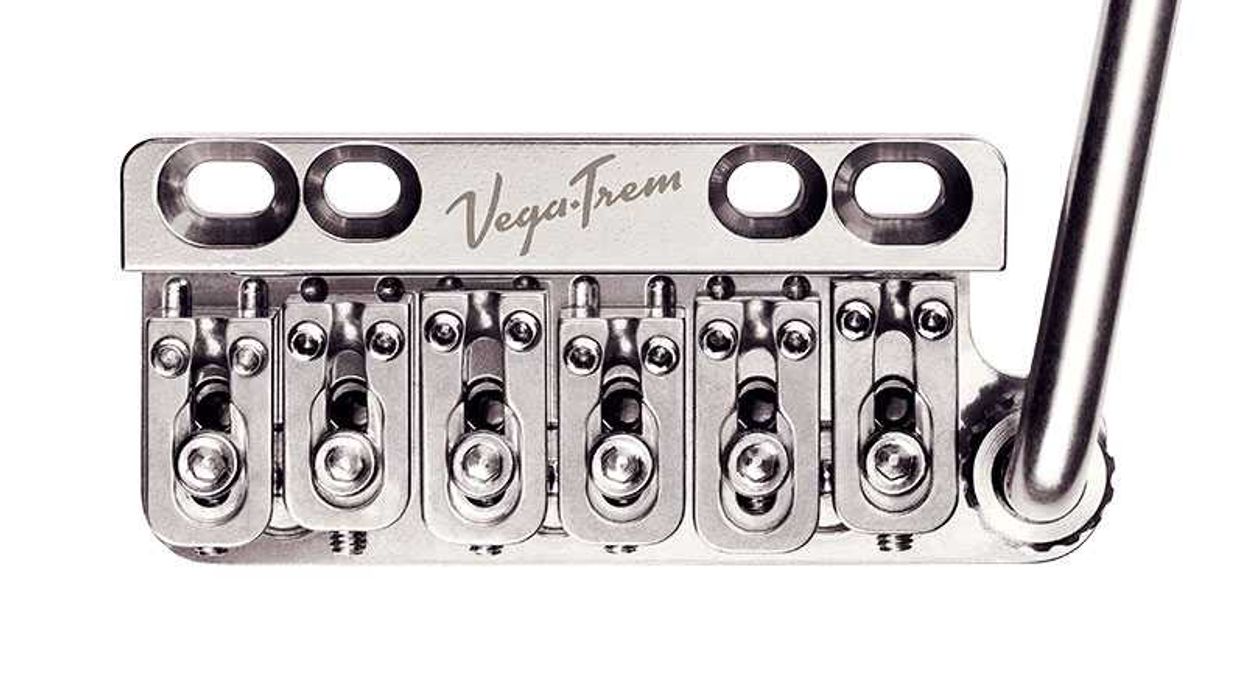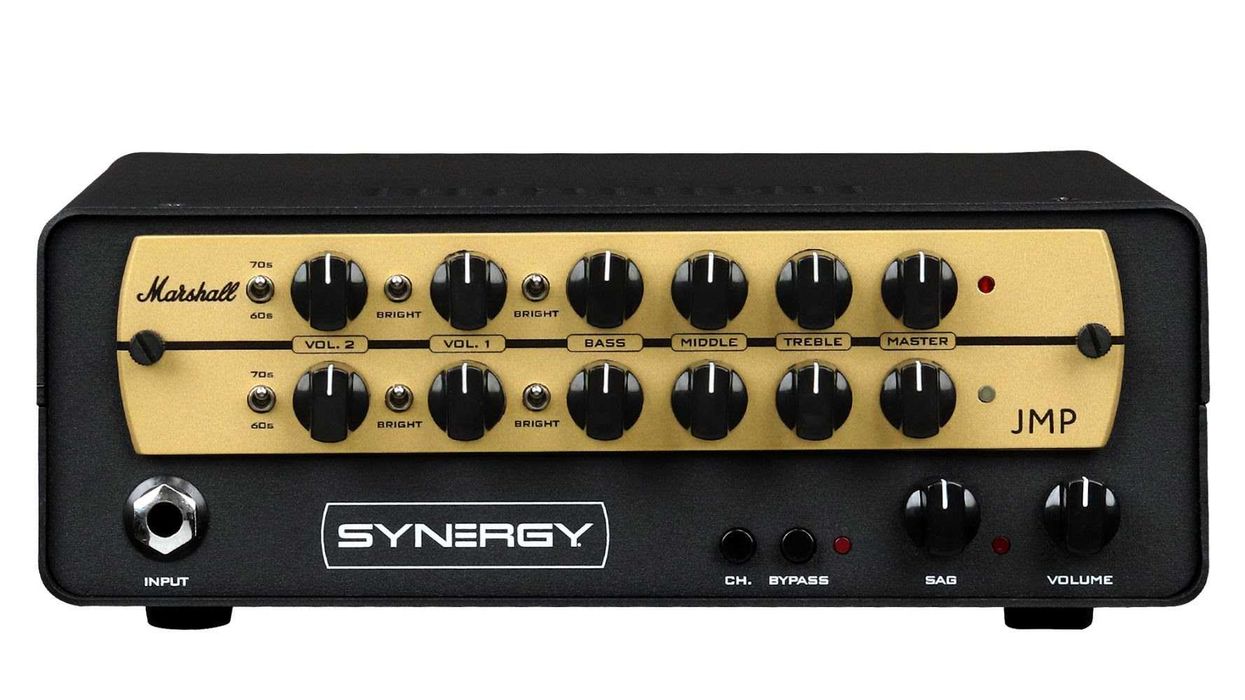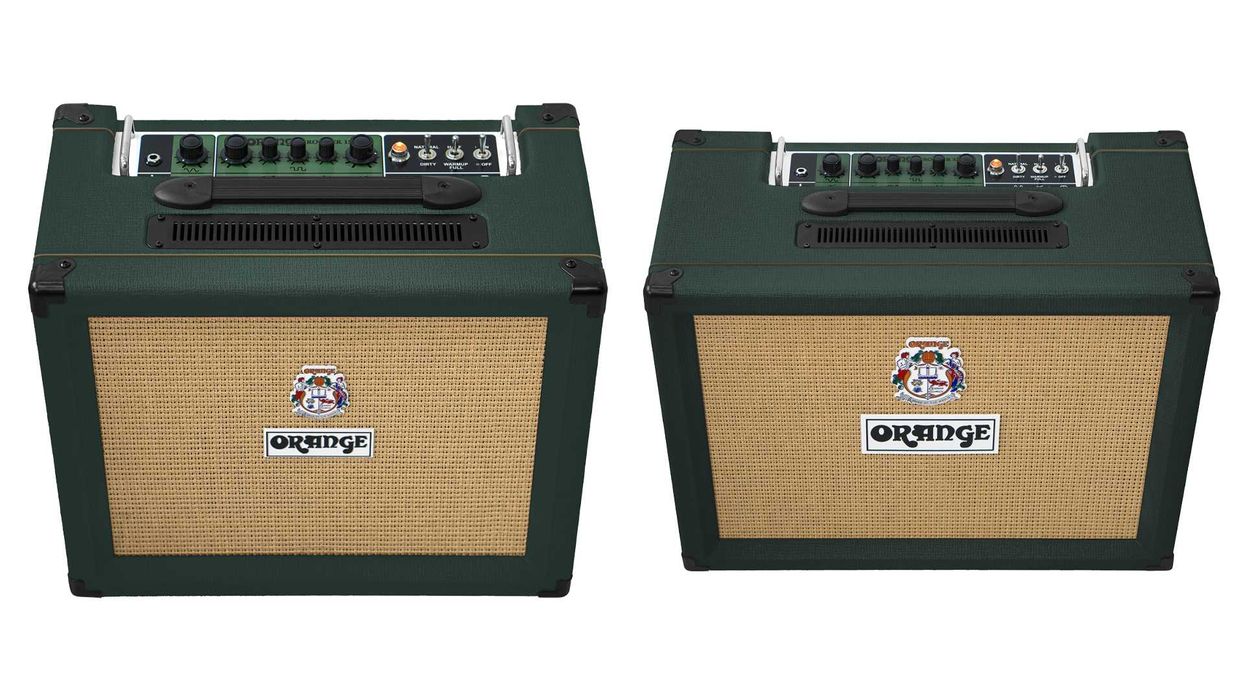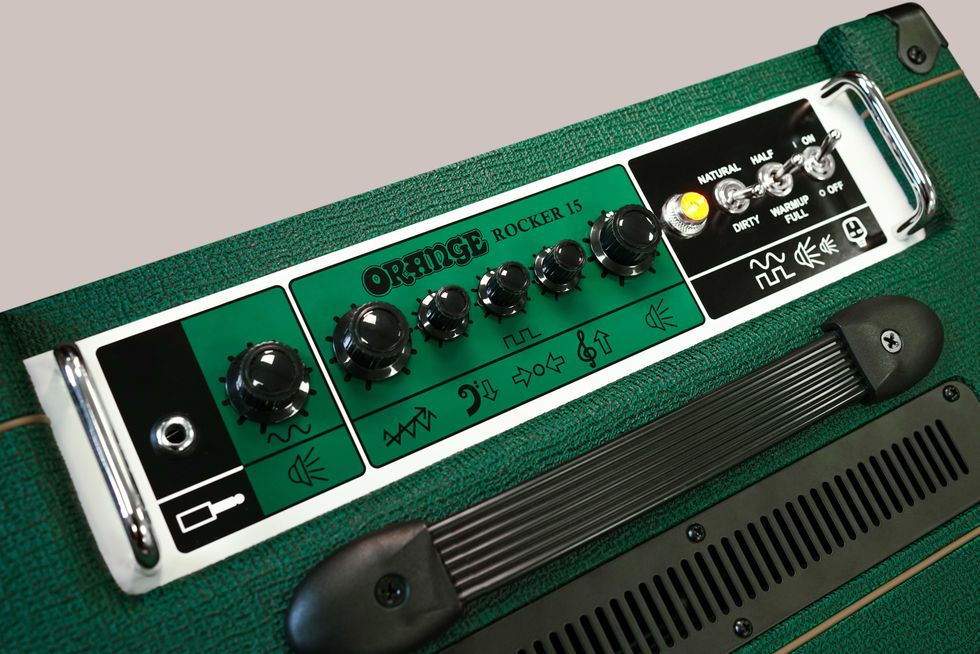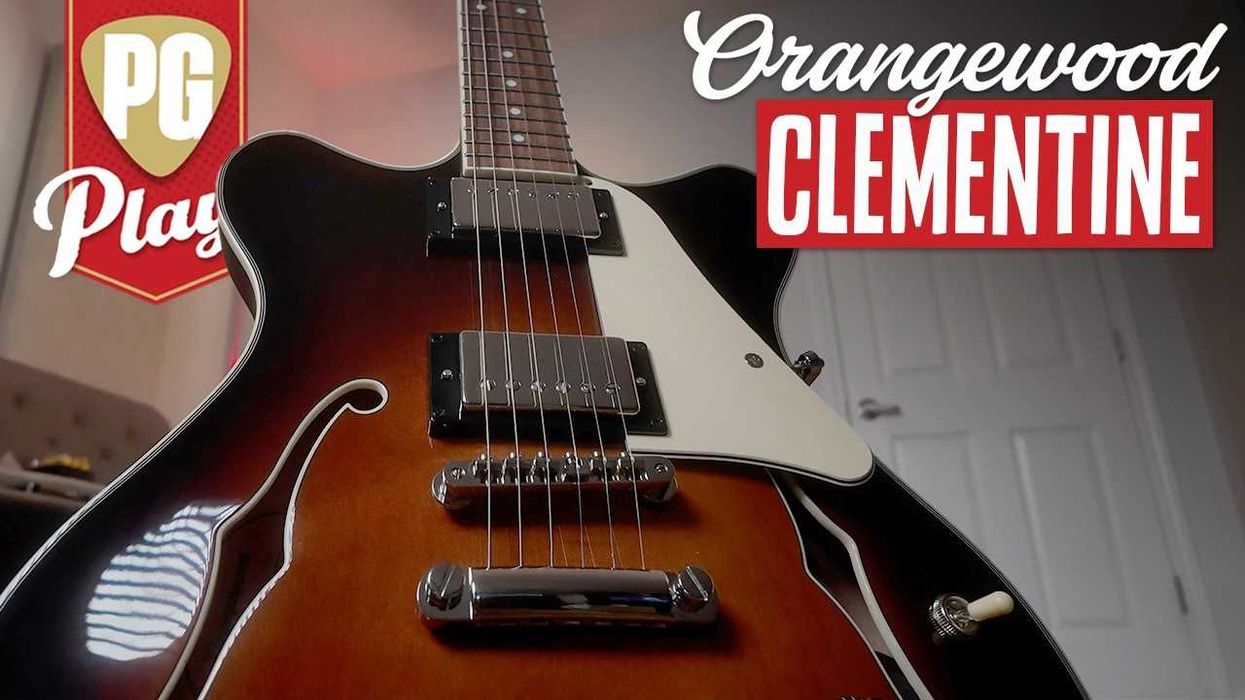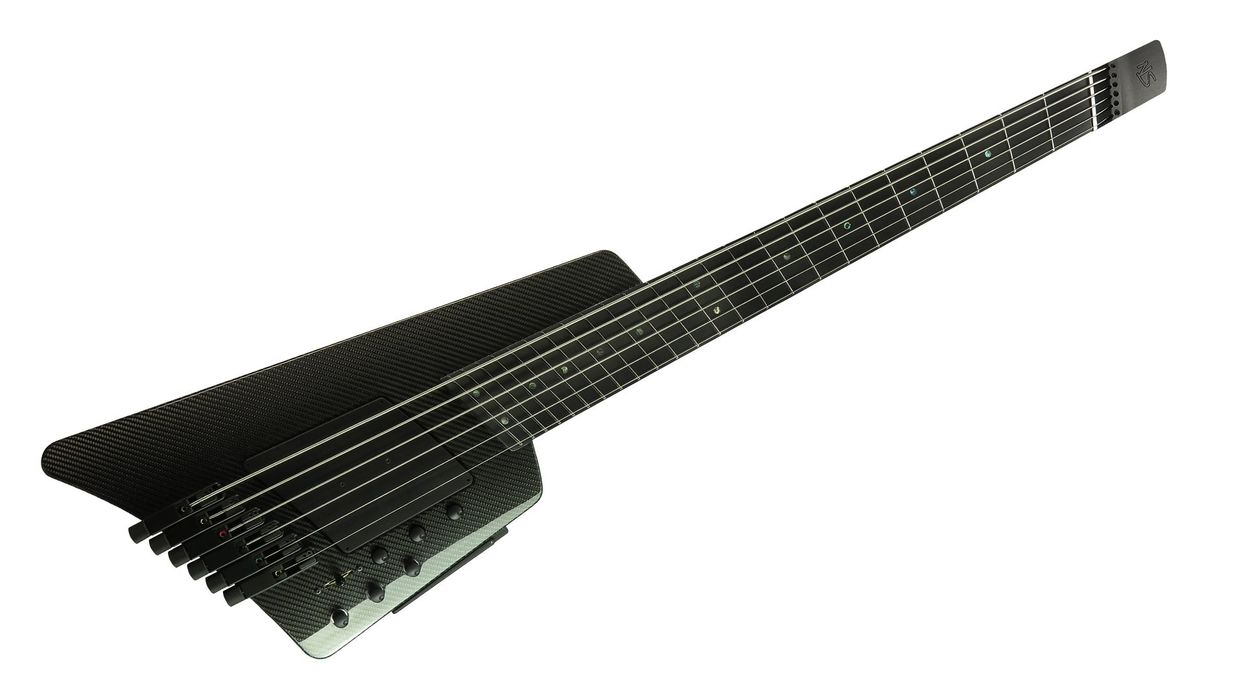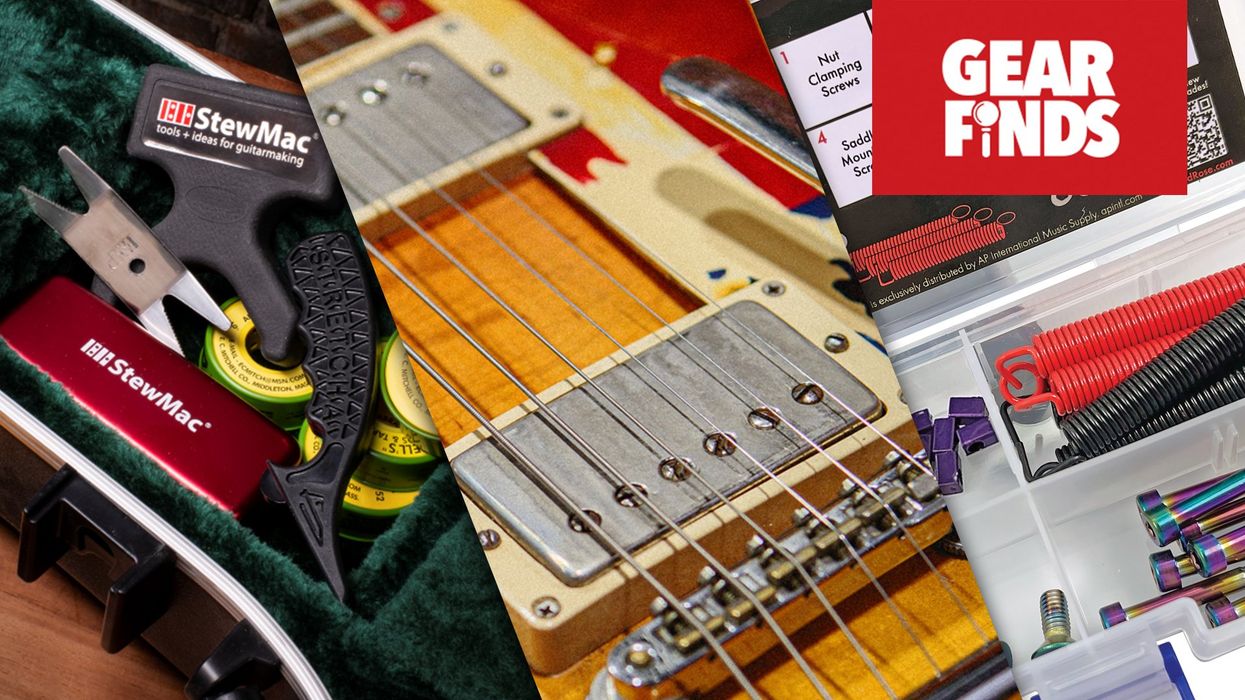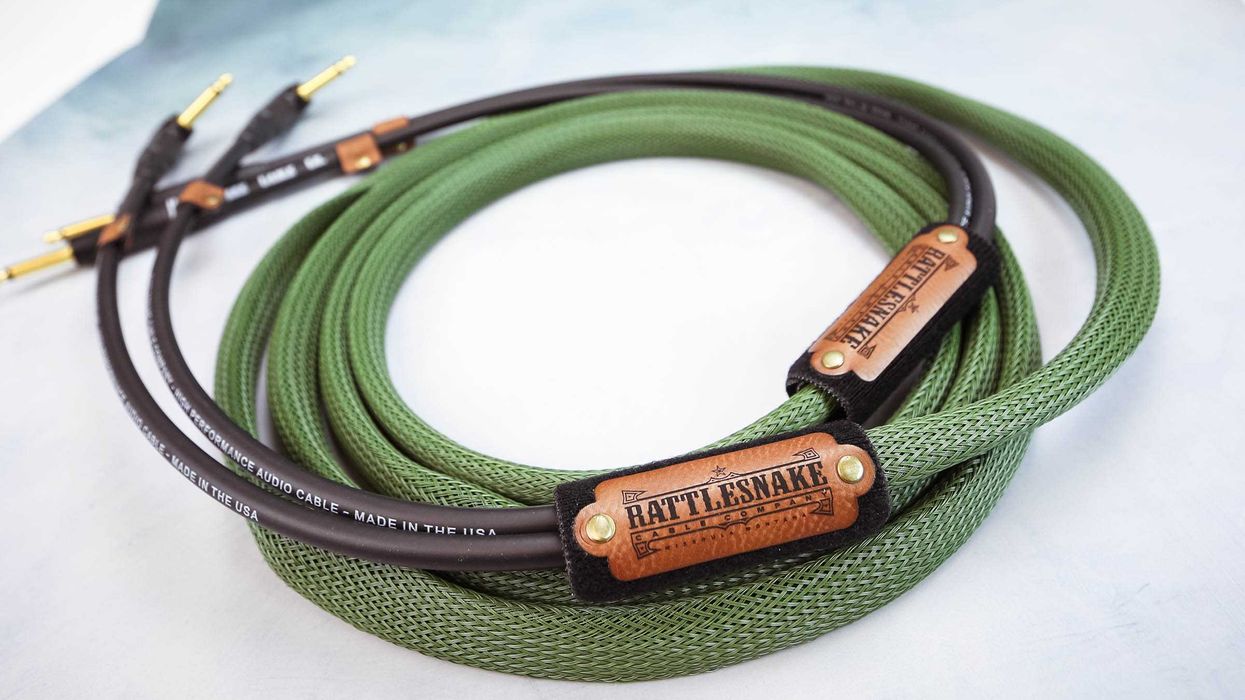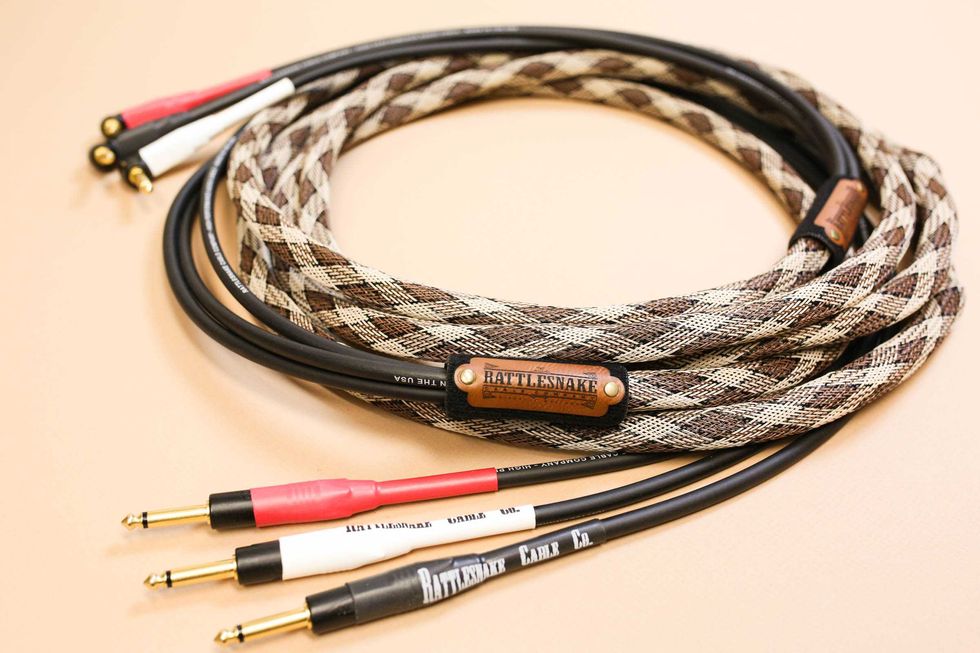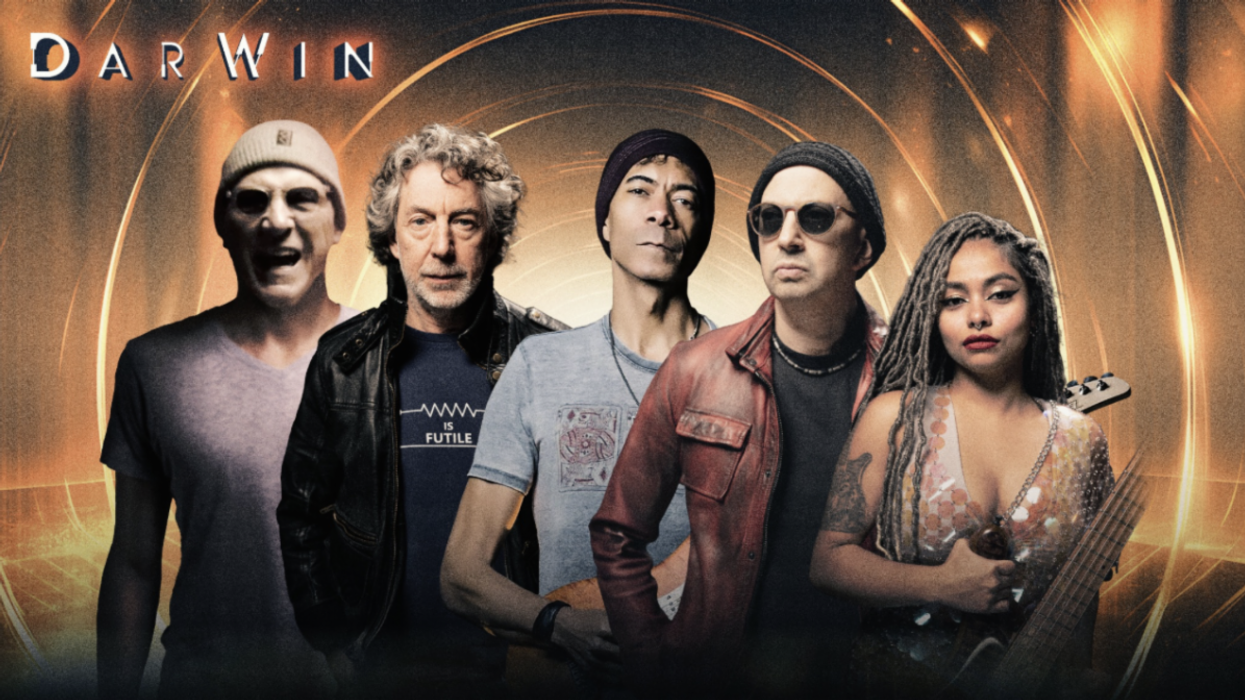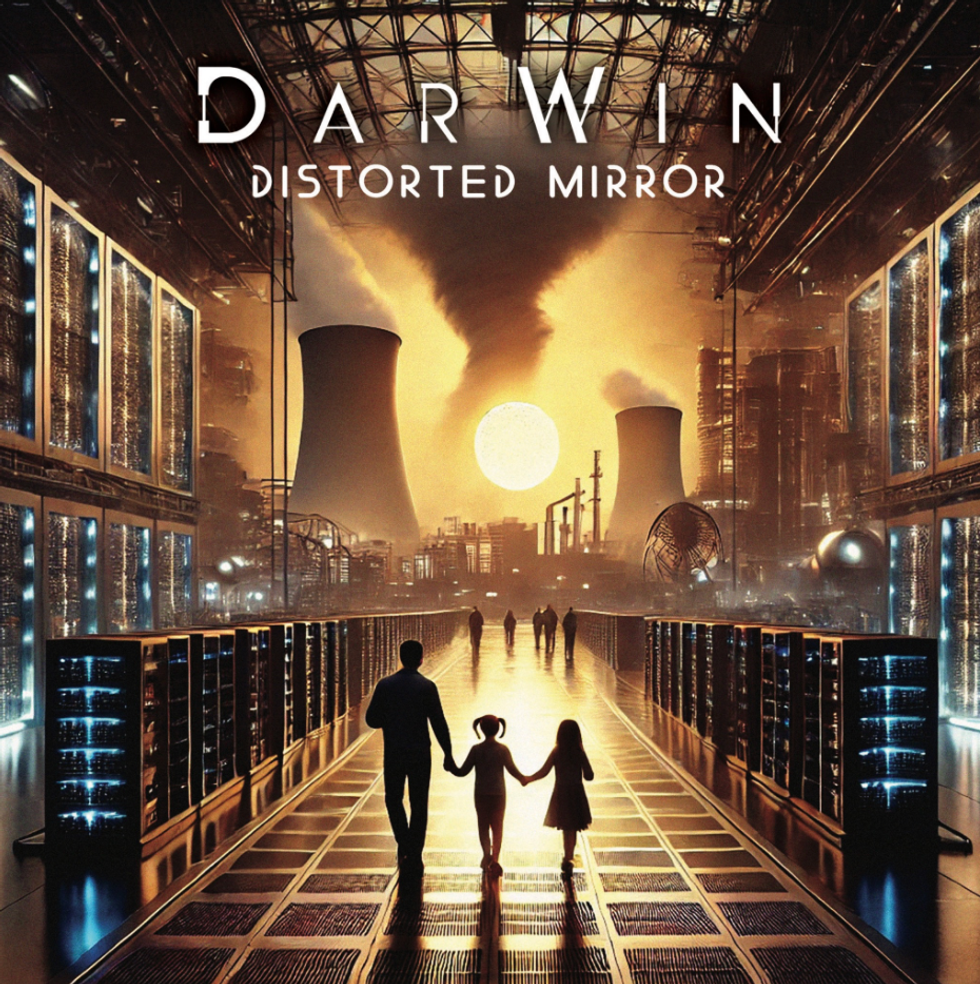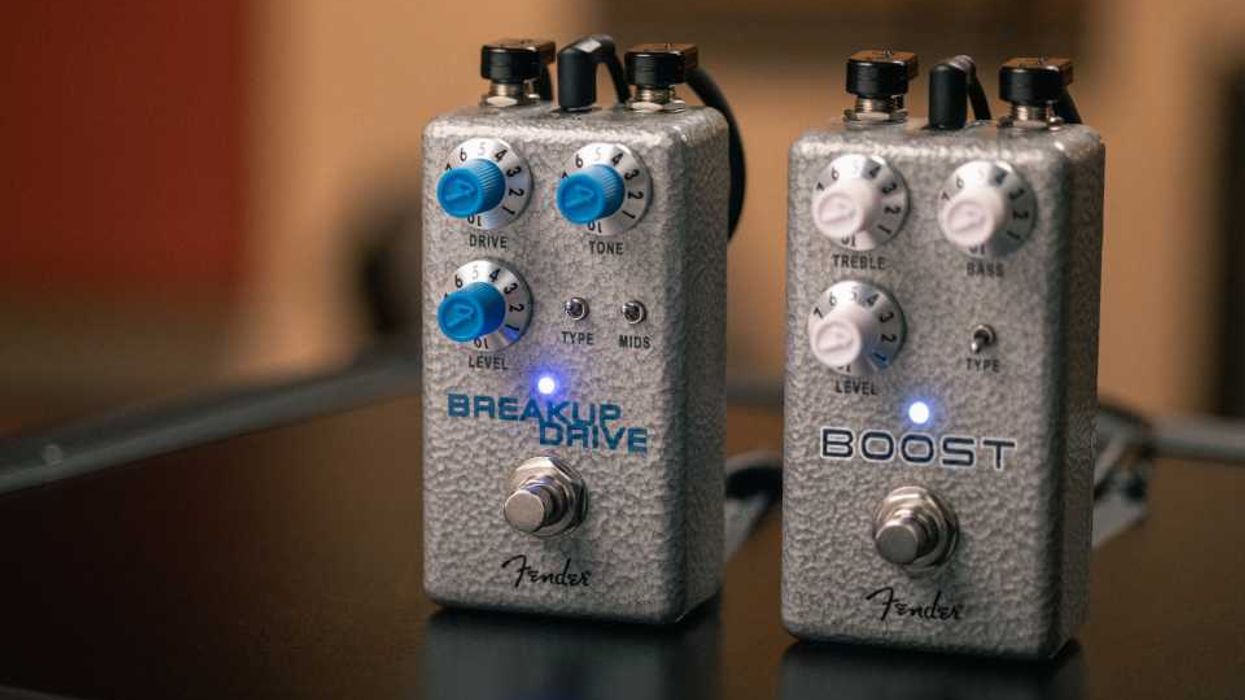Introducing the new Firebird Platypus, a tribute to the rare transitional models of 1965.
In early 1965, the original Firebird design transitioned through several different iterations. One of the significant transitions that occurred flipped the headstock to the Non-Reverse shape. Unlike the original Reverse Firebird headstock design, which featured a two-layered headstock with a holly veneer, the new headstock was flat, like the bill of a platypus.
Mahogany body and glued-in mahogany neck
The Firebird Platypus has a mahogany body with the appearance of a traditional neck-through Reverse Firebird body for that classic Reverse Firebird appearance, while the neck of the Firebird Platypus uses glued-in, set neck construction like the Les Paul and SG and delivers outstanding sustain and resonance.
Platypus transitional headstock design
The headstock features the flat, transitional style “platypus” design that was found only on rare models from the 1965 transitional period when the Firebird was gradually switching over from the features found on the original models that were released in 1963 to the features that were used for the later Non-Reverse Firebird models.
Firebird humbucker pickups
It’s outfitted with two Firebird humbucker pickups. These pickups are equipped with Alnico 5 magnets and have a unique sound that is not quite like any other humbucking pickup, with unmatched clarity, chime, and bite. They sound great for both clean and overdriven tones.
Exclusive Cherry Sunburst finish
This exclusive Cherry Sunburst finish is available only on Gibson.com and at the Gibson Garage.
For more information, please visit gibson.com.
